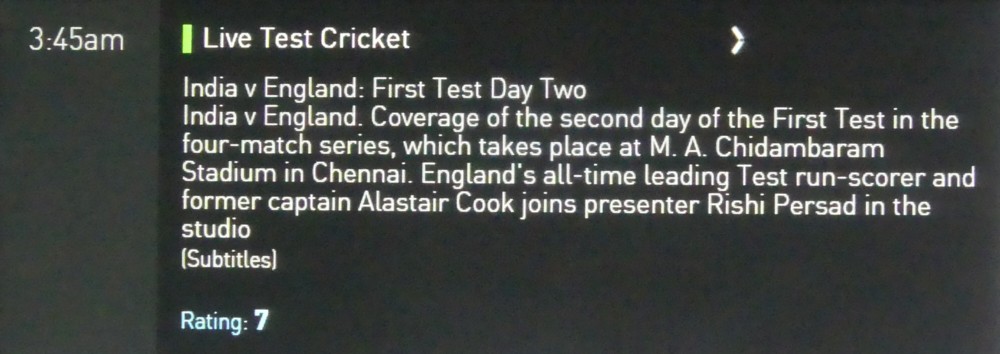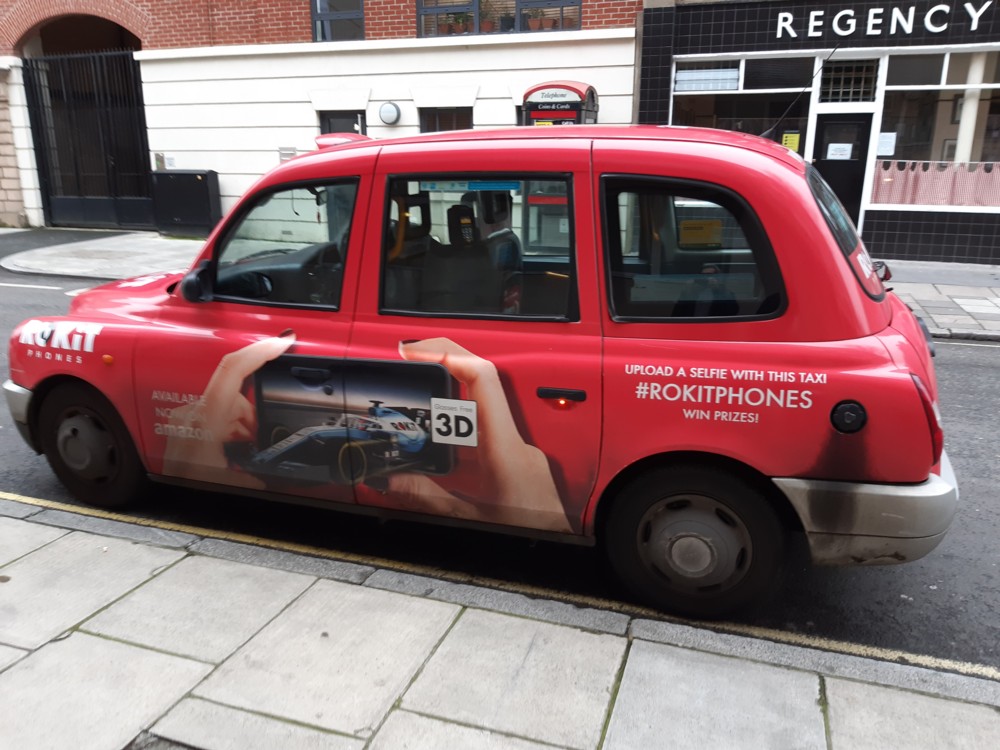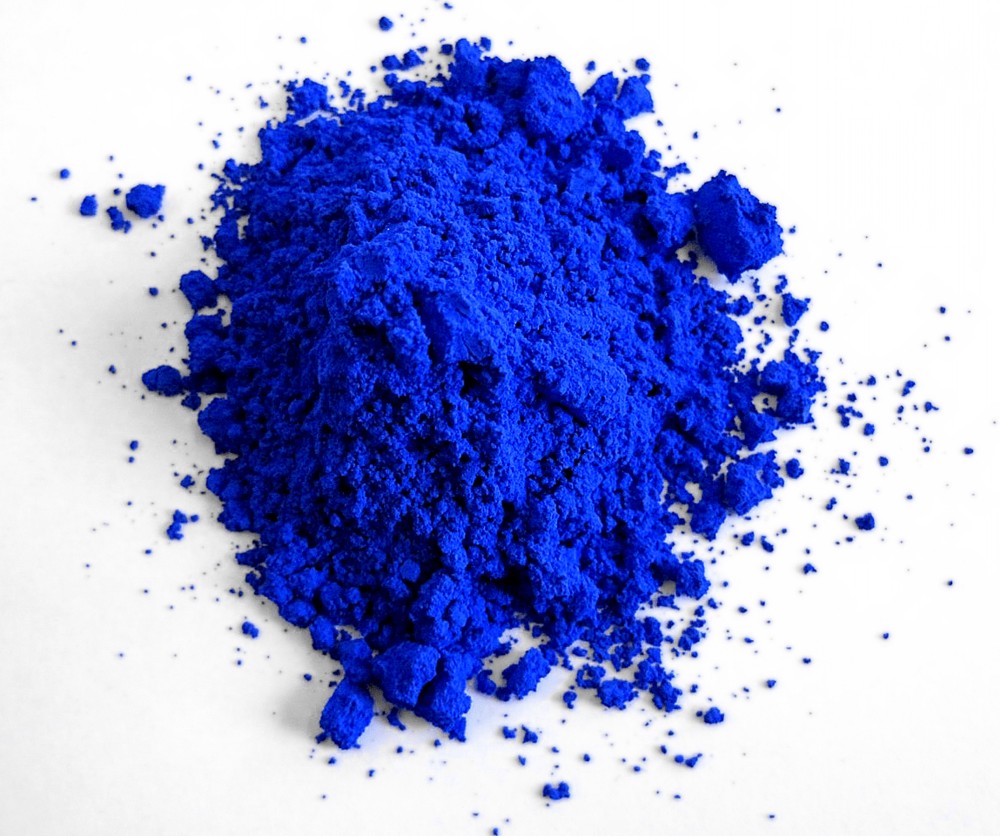I’ve already recycled a bit from John Suchet’s non-fictional book on Beethoven. Here is another bit from the same book (pp. 260-262 of my paperback edition – it follows a description of how Rossini met Beethoven, hence the Rossini reference in the first paragraph quoted). It illustrates what an eccentric state Beethoven was reduced to in later life, by his general state of ill-health, by his deafness, and by his lifelong tendency to do composing far better than he did living and getting along with other people:
It was probably in the autumn of this year, 1822, that an extraordinary event occurred that has become one of the legends surrounding Beethoven’s life. It was related to Thayer, again some forty years after the event, by a lithographer named Blasius Hofel for whom Beethoven sat, so as with many other tales of eccentricity it might have become embellished over the years, but as with Rossini’s account there is no reason to doubt its authenticity.
One autumn evening Hofel was enjoying an early-evening drink in the tavern Zum Schleifen (‘At the Ribbon’) in the Vienna suburb of Wiener Neustadt. Among the party was the local Commissioner of Police. It was already dark when a police constable came to the tavern to find the Commissioner.
‘Sir,’ said the constable, ‘we have arrested someone for behaving in a suspicious manner, He won’t be quiet. He keeps on yelling that he is Beethoven. But he’s just a tramp. He’s in a moth-eaten old coat, no hat. He has no identity papers, there’s no way of finding out who he is. We’re not sure what to do.’
‘Keep him under arrest overnight,’ replied the Commissioner. ‘We’ll speak to him in the morning and find out who he is.’
But it did not end there. As the Commissioner told Hofe! later, at eleven o’clock that night he was woken at home by a policeman who told him the man in custody would not quieten down, was still yelling that he was Beethoven, and was demanding that Anton Herzog, Musical Director in Wiener Neustadt, be called in to identify him.
The Commissioner decided he had better investigate. He went to Herzog’s house, woke him up, and asked him to accompany him to the police station. The Commissioner and Herzog were taken to the cell, and as soon as Herzog cast eyes on the tramp he exclaimed, ‘That is Beethoven!’
The Commissioner, no doubt congratulating himself that he had taken the matter seriously, ordered Beethoven’s immediate release. Herzog took him back to his own house, gave him the best room, assured him he would not be disturbed, and looked forward to seeing him for breakfast if he so wished, or if he preferred to sleep longer …
The next day the local Mayor came to Herzog’s house to apologise in person to the renowned composer for his treatment at the hands of an over-zealous police officer, gave Beethoven his best coat and the mayoral carriage to transport him home.
By then everyone knew what had happened. The day before Beethoven had got up early in the morning, put on his threadbare old coat, forgotten to take a hat, and set out for what he intended to be a short walk. He reached the towpath on the Danube Canal and followed it. He walked on for hours.
By late afternoon he ended up at the canal basin at the Ungertor, a considerable distance from the city. He was totally lost and disorientated, and in a pitiful state having had nothing to eat all day. In this condition, tired, drawn, hungry, in tattered old clothes, he was seen by local people looking in at the windows of houses. They became suspicious and called the police.
A constable approached him and told him he was arresting him for behaving suspiciously.
‘But I am Beethoven.’
‘Of course you are. Why not? I’ll tell you what you are. You’re a tramp, and that Beethoven is no tramp.’ (‘Ein Lump sind Sie; so sieht der Beethoven nicht aus.’)




